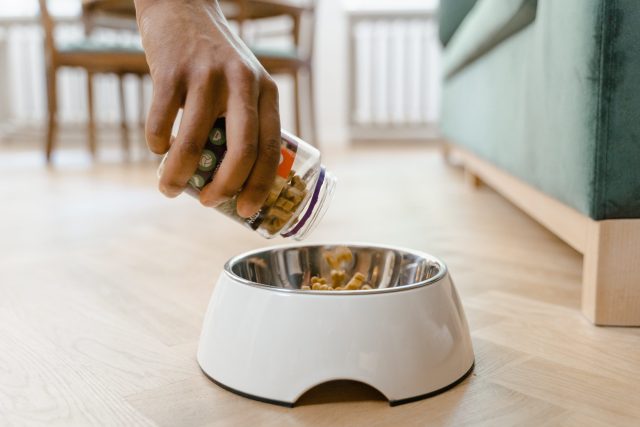How to Safely Transition Your Dog’s Food: Tips from Rambo’s Feeding Journey
Transitioning your dog to a new food is easy enough for us. We Just buy a new bag somewhere and then put it in a bowl. But remember why you are doing this in the first place. Your furry pal, who can’t speak your language, is telling you in other ways that they need a new food. This means that their guts aren’t happy. So, if that’s the case, you don’t want to bomb their intestinal lining with a brand-new kibble.
A gradual switch can help prevent digestive issues and ease your dog into their new diet. If you’re like me, you want your pup’s guts to be smooth and unbothered. After switching my dog, Rambo, to a different kibble, I found some key steps that made the process smooth and stress-free. Here’s what I learned:
Step 1: Take It Slow
To avoid upsetting your dog’s stomach, aim for a gradual transition over 7-10 days. Start by mixing 75% of the old food with 25% of the new food for the first two to three days. Then, each few days, adjust the ratio, adding more and more of the new food, and less and less of the old, until you’re serving only the new food.
Step 2: Monitor for Digestive Issues
As you increase the new food amount, keep an eye on any changes in your dog’s behavior, energy, and stools. When Rambo had softer stools early in the transition, I gave him an extra day on that food ratio to help his system adjust before moving forward. If your dog shows any significant symptoms, like vomiting or a lack of appetite, slow down the transition and consult your vet if needed.
Step 3: Keep Mealtimes Consistent
Routine can be comforting for dogs, so try to keep feeding times consistent throughout the switch. Rambo’s a creature of habit, and keeping his schedule the same helped him adjust to his new diet more easily. If they are picky eaters, or are having trouble with the transition, keep a bowl of food out somewhere you can observe it. Let them have a little snack from time to time, but never a full meal until their set dinner time.
Pro Tip: Keep Hydration High
Switching foods, especially from a kibble to a wet food or homemade diet, can affect your dog’s hydration. Make sure fresh water is always available, as this supports digestion and overall well-being.
Transitioning foods doesn’t have to be a struggle. With a gradual approach and a little patience, your pup will be enjoying their new food in no time. Plus, it’s a great way to help them maintain a happy, healthy digestive system!

Leave a Reply